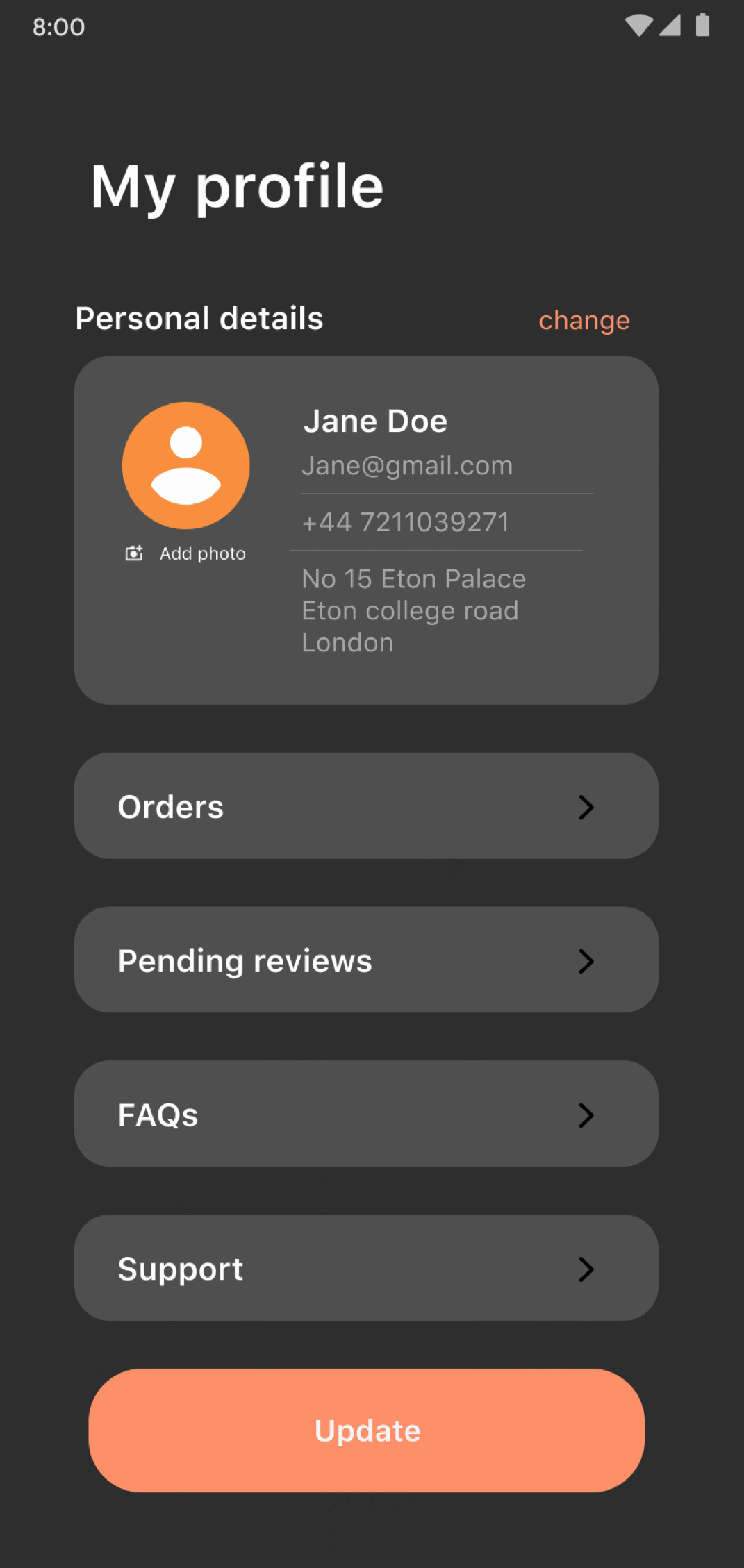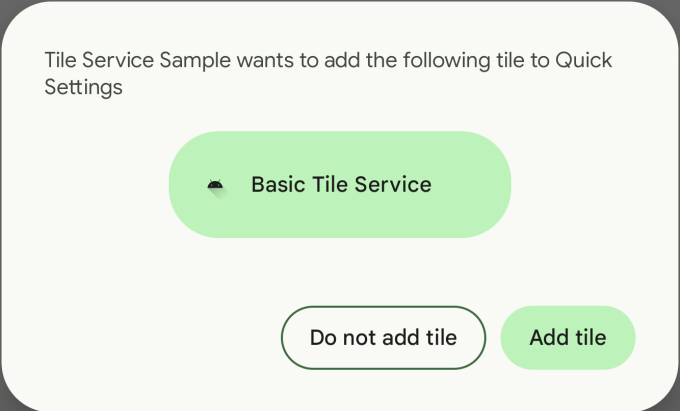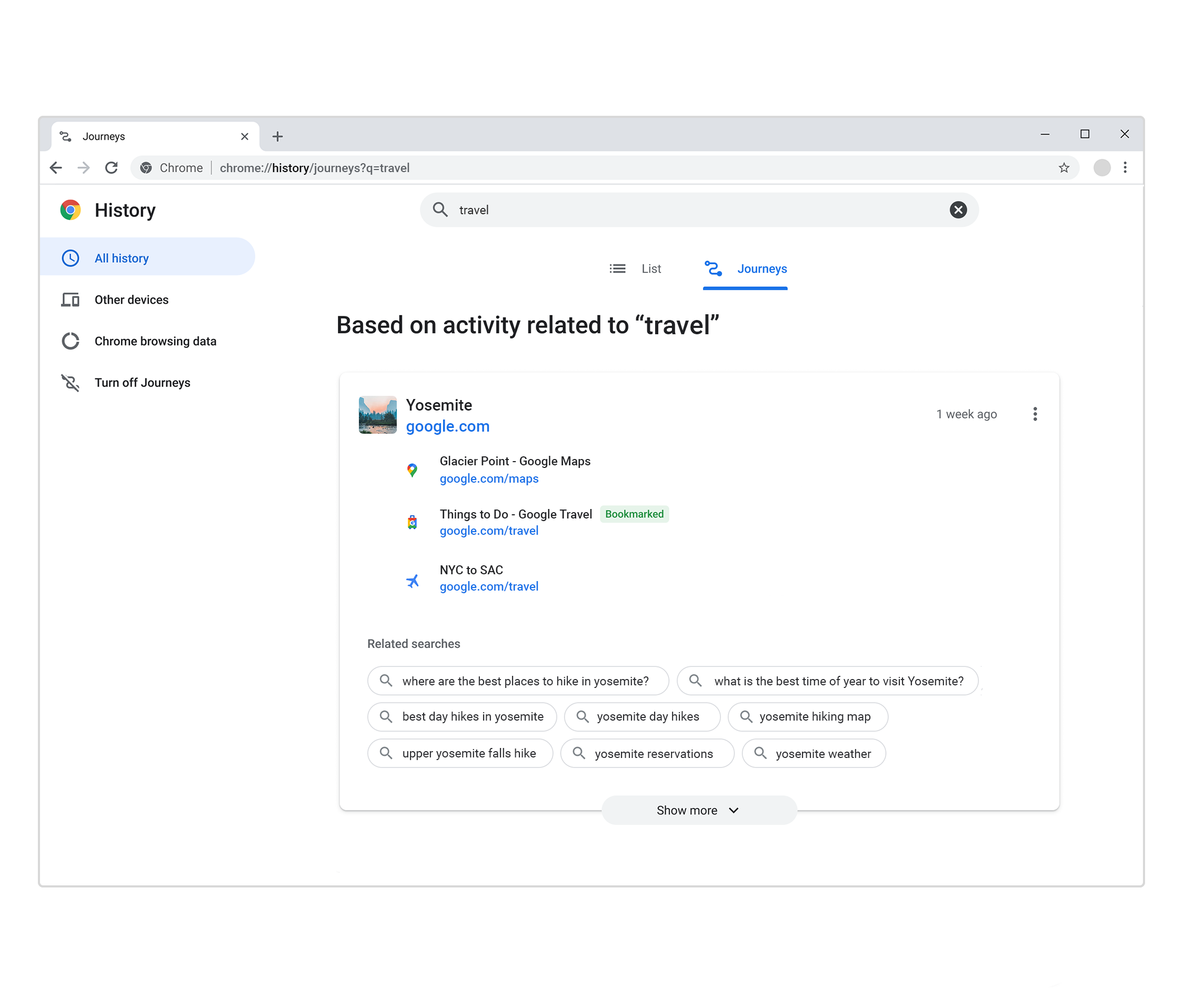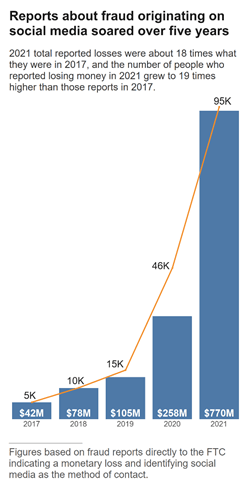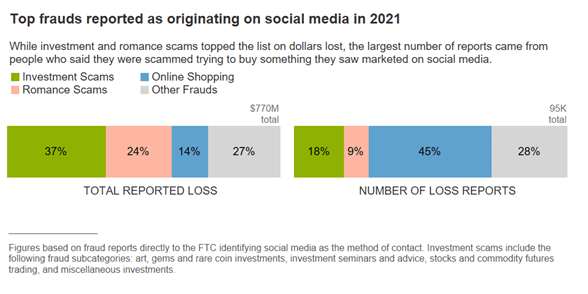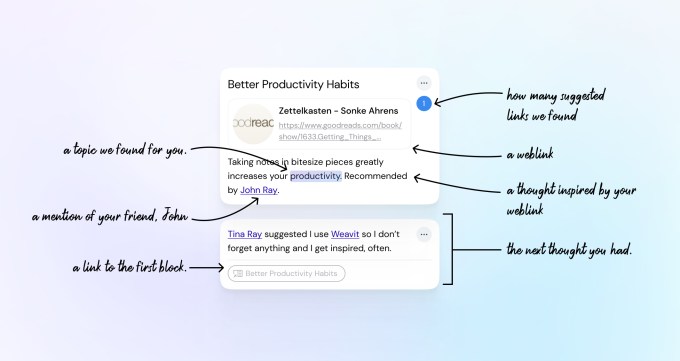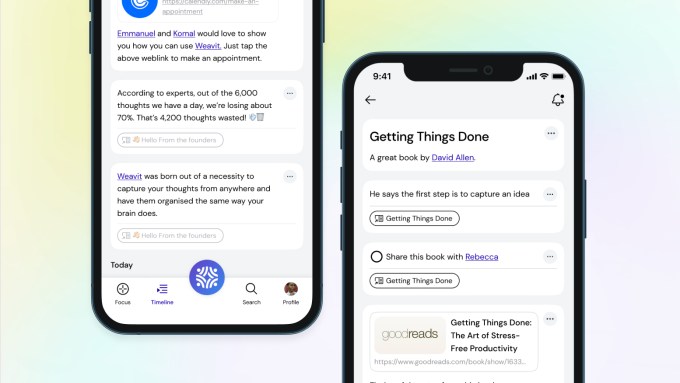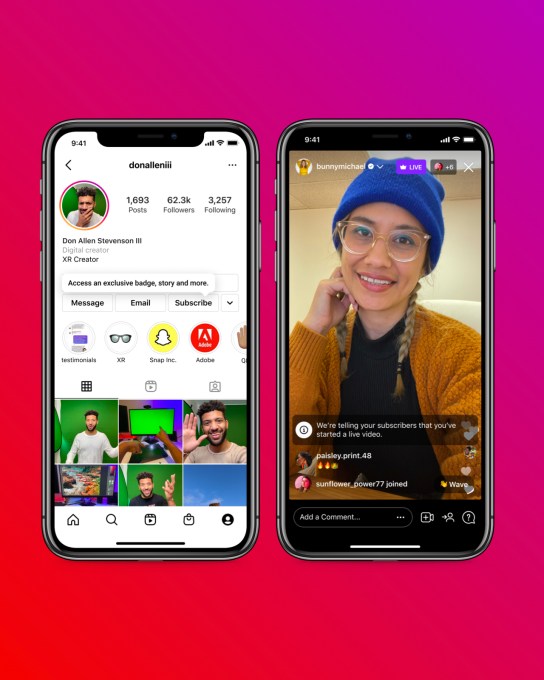Google’s Privacy Sandbox initiative for its Chrome browser hasn’t exactly been an unmitigated success, but it has definitely kicked off a healthy discussion about online privacy — and the company’s own role in the advertising ecosystem. Now, with many of the initiatives around Chrome still in flux, Google also plans to expand many of these tools to its Android operating system and that will likely have a profound impact on the advertising industry.
If you’re in the advertising ecosystem, though, don’t despair just yet. Google says the current system will remain active for “at least” two more years while it tests these new systems.
Typically, on Android, advertisers use Google’s advertising ID to serve personalized ads and track your behavior across applications so they can, for example, attribute a purchase you made to an ad you clicked on. Simplified, you can think of the advertising ID as Android’s version of cookies. You can turn this off and opt for non-personalized ads in the Android ads settings by deleting your advertising ID. When you do, Google will then helpfully remind you that ads help keep many services free — which is also an argument Google makes for today’s changes.
In a briefing ahead of today’s announcement, Google’s VP of product management for Android security and privacy specifically stressed the importance of advertising (which, of course, also drives the vast majority of Google’s own revenue).
“It’s useful to highlight some of the critical capabilities that matter to the ecosystem,” he said. “So tools like [advertising] ID help provide better, more relevant advertising experiences, tackle fraud, and more. And this has helped make possible much of the free content and services that we enjoy today in mobile apps. So it’s vital that we ensure that these capabilities are supported as we build the next generation of mobile technologies.”
The elephant in the room here, of course, is Apple, which is using what Google’s team would consider a very blunt instrument since it basically makes tracking impossible. That’s a win for privacy but Google argues that, in their desperation, advertisers will just come up with new ways to fingerprint your behavior and devices to get that lucrative tracking data. The fact that Meta said it would lose $10 billion in ad revenue in 2022 because of Apple’s changes seems like it would invalidate this argument, though. If Meta can’t find a good way around this, who can?
So, like on Chrome, Google is trying to have it both ways: preserve your privacy and preserve the advertising ecosystem. And just to be clear, Google says its own advertising systems will follow the same rules here as third-party advertisers.
Some of the proposals here are based on Google’s work with Chrome. They include Topics, the recent replacement for FLoC, and FLEDGE, a system that allows advertisers to show ads based on their own definition of a ‘custom audience’ without having to rely on individual identifiers.
There would be no modern ad ecosystem without attribution reporting, so Google is also proposing a new system here that promises to still give advertisers the data they need while still improving its users’ privacy.
There will also be an SDK for developers that isolates third-party advertising code so that it will run separately from the app’s own code. As of now, this looks to be an Android 13-only feature as it requires a different overall SDK architecture that focuses on both these new privacy features but also provides additional security guarantees to any SDK.
Google says it wants to work with the advertising industry on this new system. So far, all of its supporting quotes are from app developers, not the wider advertising ecosystem.





